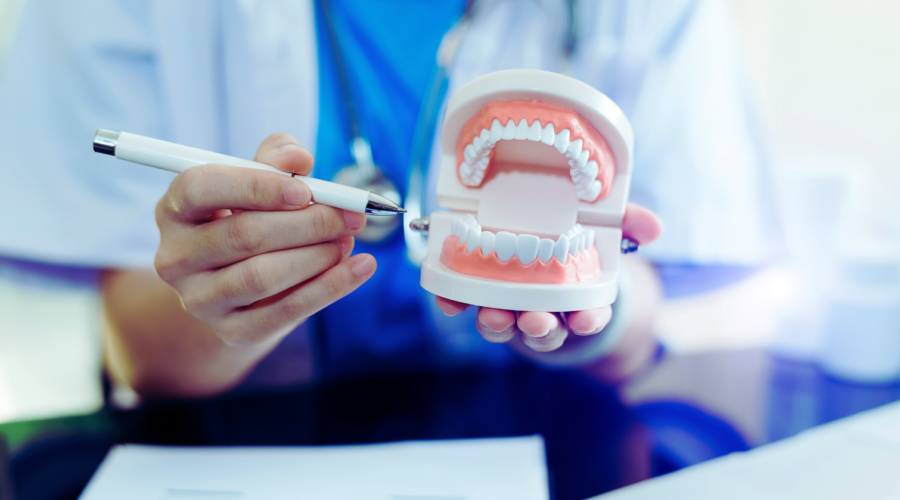The Importance of Dental Public Health
Introduction
Dental public health is a crucial but often overlooked component of the overall healthcare system. It focuses on the prevention and control of dental diseases and the promotion of oral health through organized community efforts. This field plays a vital role in improving the oral health of populations, reducing disparities, and integrating oral health into overall health policies and programs.
Key Aspects of Dental Public Health
- Prevention Programs: Prevention is at the heart of dental public health. Programs such as community water fluoridation, school-based dental sealant programs, and public education campaigns aim to prevent dental diseases before they start. Fluoridation of public water supplies is one of the most cost-effective methods to prevent tooth decay across all age groups.
- Oral Health Education: Public health initiatives focus on educating communities about the importance of oral hygiene practices such as brushing, flossing, and regular dental visits. Education programs are often targeted at children and parents to instill good habits early on, but they also address adults, seniors, and underserved populations.
- Access to Care: One of the main goals of dental public health is to improve access to dental care for all individuals, particularly those in underserved and rural areas. Mobile dental clinics, community health centers, and school dental programs help reach populations that might not have easy access to traditional dental services.
- Surveillance and Research: Monitoring the oral health status of populations through surveys and research is essential for identifying trends, risks, and the effectiveness of public health interventions. Data from these studies inform policy decisions and help allocate resources more effectively.
- Policy Development: Advocating for policies that promote oral health and integrate it into general health policy is a significant aspect of dental public health. This includes policies on tobacco control, sugar consumption, access to fluoridated water, and insurance coverage for dental care.
Impact of Dental Public Health Programs
- Reduction in Dental Diseases: Effective public health programs have led to significant reductions in the prevalence of dental caries (tooth decay) and periodontal disease (gum disease). For example, water fluoridation has been shown to reduce tooth decay by 20-40% in children.
- Improved Overall Health: Good oral health is closely linked to overall health. By preventing oral diseases, public health programs also contribute to the prevention of other health issues such as heart disease, diabetes, and respiratory infections, which have been linked to poor oral health.
- Economic Benefits: Preventive dental care reduces the need for more expensive and extensive treatments, thus saving individuals and healthcare systems significant amounts of money. For instance, every dollar spent on water fluoridation saves approximately $38 in dental treatment costs.
- Equity in Oral Health: Public health efforts strive to reduce disparities in oral health by ensuring that vulnerable and underserved populations receive the care and education they need. This includes low-income families, racial and ethnic minorities, the elderly, and people with disabilities.
Challenges and Future Directions
- Addressing Disparities: Despite progress, significant disparities in oral health persist. Efforts must continue to focus on reaching the most vulnerable populations and addressing social determinants of health that contribute to these disparities.
- Integrating Oral Health with General Health: There is a growing recognition of the need to integrate oral health with general health care. This includes training non-dental healthcare providers to recognize and address basic oral health issues and promoting interdisciplinary approaches to health.
- Expanding Preventive Programs: Expanding preventive programs, particularly in underserved areas, is crucial. This includes increasing the availability of fluoridated water, dental sealants, and other preventive measures.
- Leveraging Technology: Advances in technology, such as tele-dentistry, offer new opportunities to improve access to care. Tele-dentistry can provide remote consultations, follow-up care, and oral health education, making dental services more accessible to people in remote or underserved areas.
Conclusion
Dental public health is a vital component of the healthcare system, dedicated to improving oral health and preventing dental diseases through community-based efforts. Its impact on reducing dental diseases, improving overall health, and promoting health equity is profound. Continued investment in dental public health programs and policies is essential to address ongoing challenges and ensure that everyone has the opportunity to achieve optimal oral health.

